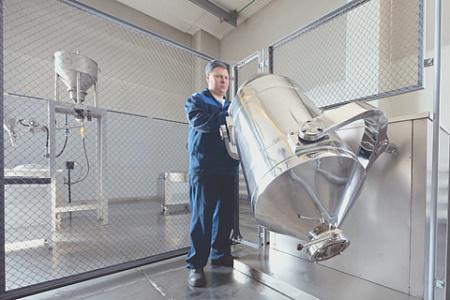US Joins Race for Kazakhstan’s $46 Trillion Rare Earth Riches

Kazakhstan and the United States are launching a significant collaboration to develop the Central Asian nation’s vast rare earth metal deposits. A joint venture, with a 75% American stake, is initiating geological exploration at the Akbulak site in the Kostanay region. The site’s projected reserves include 349,000 tons of valuable elements like neodymium, dysprosium, and terbium. This project is a cornerstone of Kazakhstan’s national strategy to establish a complete industrial chain, from mining raw ore to producing high-tech magnets.
This push into new resource exploration follows a direct mandate from President Kassym-Jomart Tokayev, who has set an ambitious goal to expand national geological survey areas to 2.2 million square kilometers by 2026. The Kazakh government anticipates that a successful rare earths sector could eventually generate up to 7.1% of the country’s GDP, rivaling the current economic contribution from its massive oil and gas industry, which stands at 7.3%.
American investor Cove Capital is a key player in this initiative, expanding its footprint beyond the Akbulak site. According to Nariman Absametov, chairman of the national mining company Tau-Ken Samruk, Cove Capital is also set to develop the Severny Katpar and Verkhnie Kairakty deposits. These sites represent one of the world’s largest tungsten deposits with reserves exceeding 410,000 tons. With feasibility studies completed and reserve reports compliant with international JORC standards, the planned investment for this project alone is estimated at a formidable $1.1 billion.
The scale of Kazakhstan’s untapped mineral wealth is immense. A World Bank assessment suggests the country holds over 5,000 unexplored deposits valued at more than $46 trillion. The recent discovery of the ‘Zhany Kazakhstan’ (New Kazakhstan) deposit near Astana has generated particular excitement. If its initial assessment of 14,000 tons of high-value rare earths is confirmed, Kazakhstan could vault into third place in global reserves, trailing only China and Brazil.
However, experts caution that resource wealth on paper is not the same as economic reality. Dmitry Orlov, Director General of the ‘Strategy East-West’ analytical center, warns that without domestic processing facilities, the minerals are worthless. ‘While they are in the ground, their price is zero,’ Orlov stated, noting that the path from discovery to production is both ‘long and expensive,’ often taking 10 to 15 years—a timeline that clashes with the immediate financial needs of the regions.
Orlov also highlighted significant environmental hurdles, describing the ore refining process as ‘dirty’ due to its reliance on strong acids that could devastate fragile ecosystems. He expressed skepticism about Central Asia’s ability to displace China in the global market, pointing out that Beijing not only controls a complete processing cycle but also continues to discover massive new deposits. This technological gap is a critical vulnerability for Kazakhstan, which, despite having processing plants in the Soviet era, now lacks the modern technology for deep refining and must rely on foreign partners.
Ultimately, Kazakhstan’s vast potential makes it a focal point in a new global competition for strategic resources. According to Orlov, a geopolitical battle is intensifying, with the EU, US, Canada, South Korea, and the UK all vying for access. For Astana, the primary challenge is to navigate this intense interest while securing its own national interests. This means not just signing lucrative deals, but successfully building a complete, high-value domestic production cycle—a crucial lesson for all nations in the resource-rich region.